Sarah Baar had resigned herself to living with altered vision and debilitating headaches.
A doctor told her to.
“It was like a crossed eye,” said Sarah, 33. “I had an initial consultation somewhere else and they gave me no hope. ‘You’re going to have to live like that.’ It was giving me really bad headaches, impacting my work and driving and my interactions with other people.”
She couldn’t look people in the eye because she couldn’t see straight. She couldn’t trust what she was seeing.
“I would have eye headaches all the time,” she said. “If I had to drive somewhere I would need to come home, close my eyes and rest. They were overly fatigued and really not working well.”
She crashed her car at a gas station in Spring Lake, Michigan, because she couldn’t judge where the curb was.
She still had 20/20 vision, but her eyes looked in two different directions.
“Not being able to make consistent eye contact with people was very difficult,” the part-time speech pathologist said.
‘Ton of hope’
Her symptoms began during pregnancy. Her son, Jameson, is now 3.
When Jameson hit the 18-month milestone, Sarah noticed something she didn’t ever want to see. His eyes were crossing.
Sarah and Scott made an appointment for Jameson with Brooke Geddie, DO, a pediatric ophthalmologist at Spectrum Health Helen DeVos Children’s Hospital.
“My husband and I were super bummed,” she said. “Thankfully, we got in to see Dr. Geddie. She was just so fabulous in helping us on our journey and giving us a ton of hope.”
Dr. Geddie noticed Jameson wasn’t the only one with eye issues.
“She saw I was having the muscle problems, too,” Sarah said. “It was kind of a blessing in disguise that we saw her for my son. She said, ‘You should not have to be living like this. I’m going to have my team get you in as soon as we have a cancellation.'”
Dr. Geddie operated on Sarah in November of last year and on Jameson a month later.
“As a mom, when your tiny kid has to go in for surgery, it was nice kind of knowing what they’re going to be going through,” Sarah said.
‘Happily surprised’
Both Sarah and Jameson suffered from strabismus (misaligned eyes), more specifically, esotropia (eyes turning inward toward the nose), according to Dr. Geddie.
“I adjusted the position of the muscles that control the ocular movement,” Dr. Geddie said. “About 4 percent of the U.S. population has misaligned eyes. There is a great hereditary component to strabismus so it’s not surprising that mother and son both had similar findings.”
Dr. Geddie said she’s fortunate to be in a profession where she can have a positive impact on people’s lives.
“When I told Sarah I could help her, too, I think she was happily surprised,” Dr. Geddie said. “Her emotional reaction to the possibility of having straight eyes again was unforgettable.”
Many adults are told they are “too old” for treatment or that the procedure is considered “cosmetic.”
“These are false myths,” Dr. Geddie said. “Strabismus correction can greatly improve the quality of life of adults, many of whom have dealt with years of misalignment and the visual and psycho-social consequences that come along with this.”
Sarah noticed quality of life improvement. Straight away.
“I told Dr. Geddie I think about her every day because I feel amazing,” Sarah said. “I don’t have any headaches. My eyes are totally normal and working together. I’m driving again. I’m doing everything I want to do and more. And I’m having more confidence in everything I’m doing, whether it’s work or play dates with other moms.”
Jameson’s outcome is just as promising. And perhaps so are his future career plans.
“Most kids play ‘doctor’ when they’re little,” Sarah said. “Jameson always pretends to play ‘eye doctor.’”
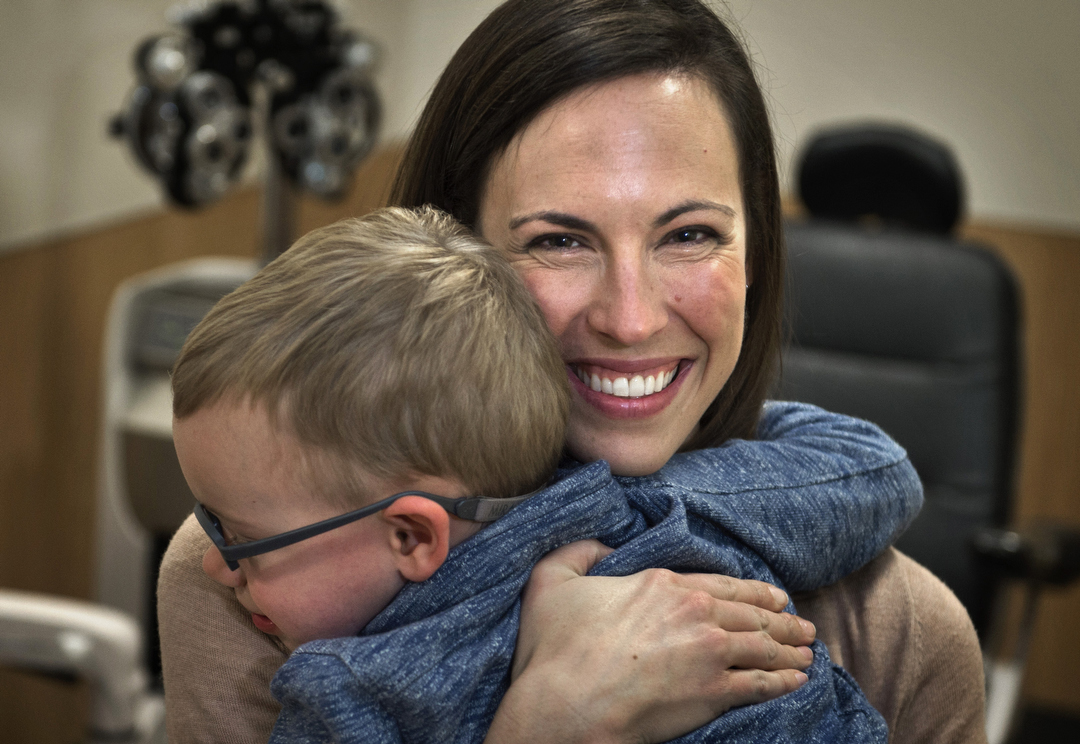

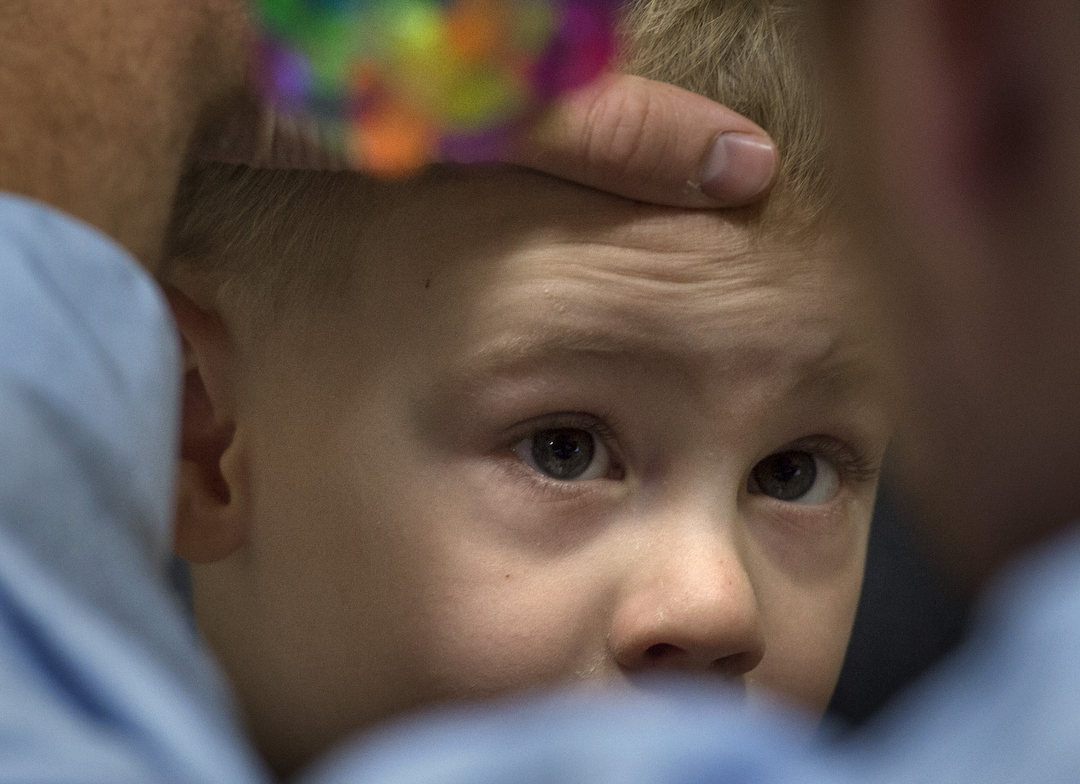
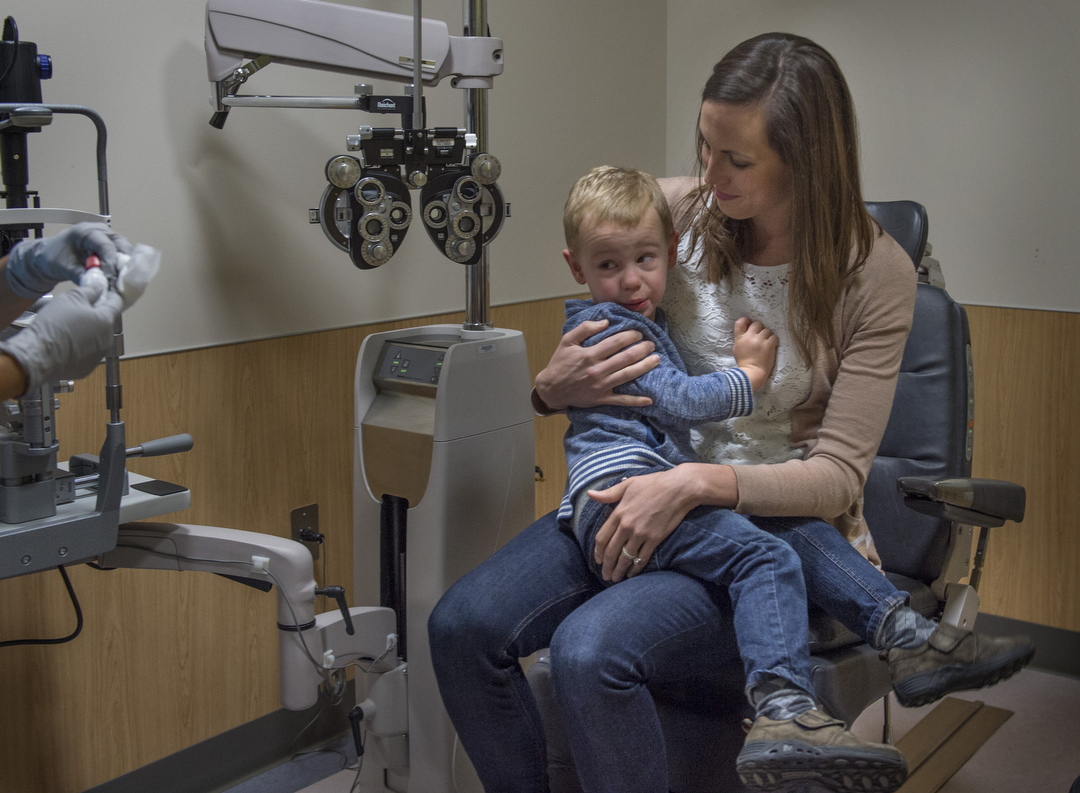
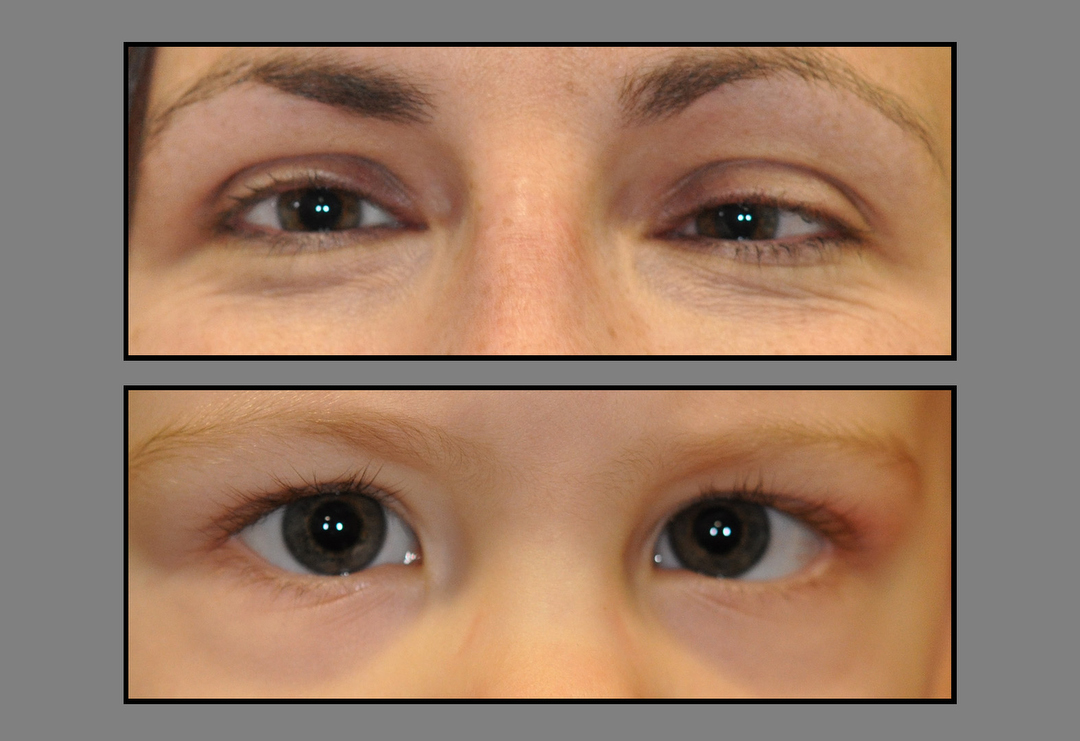



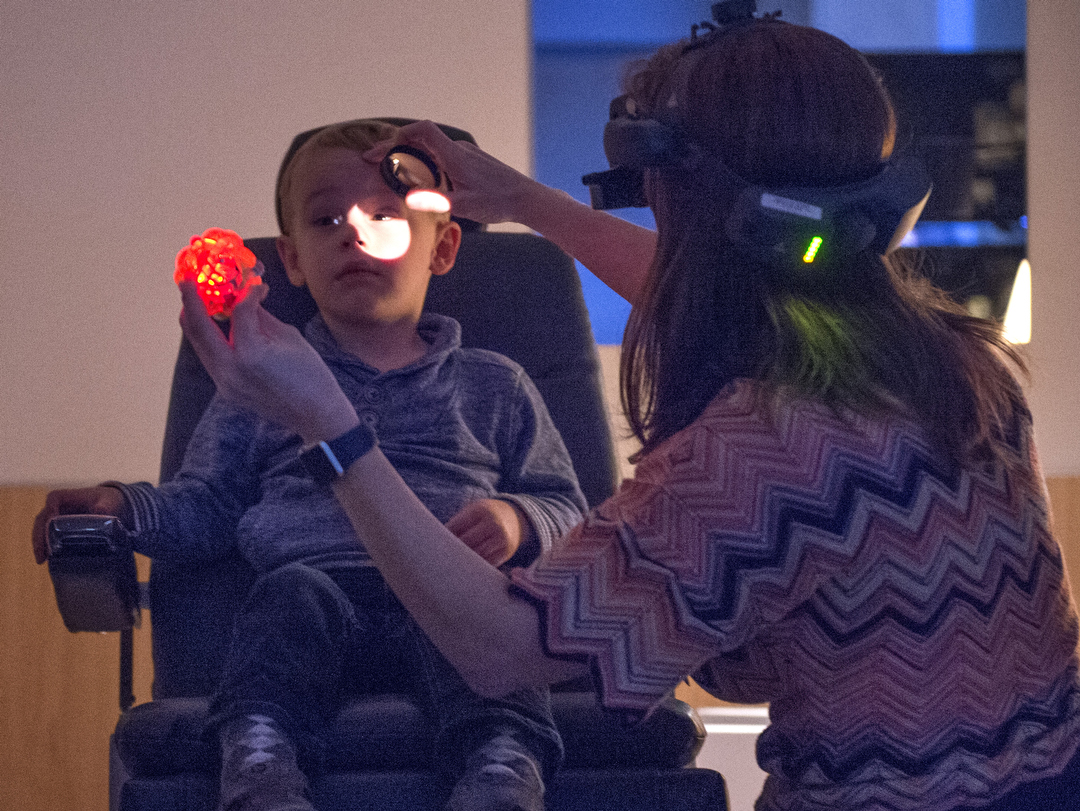
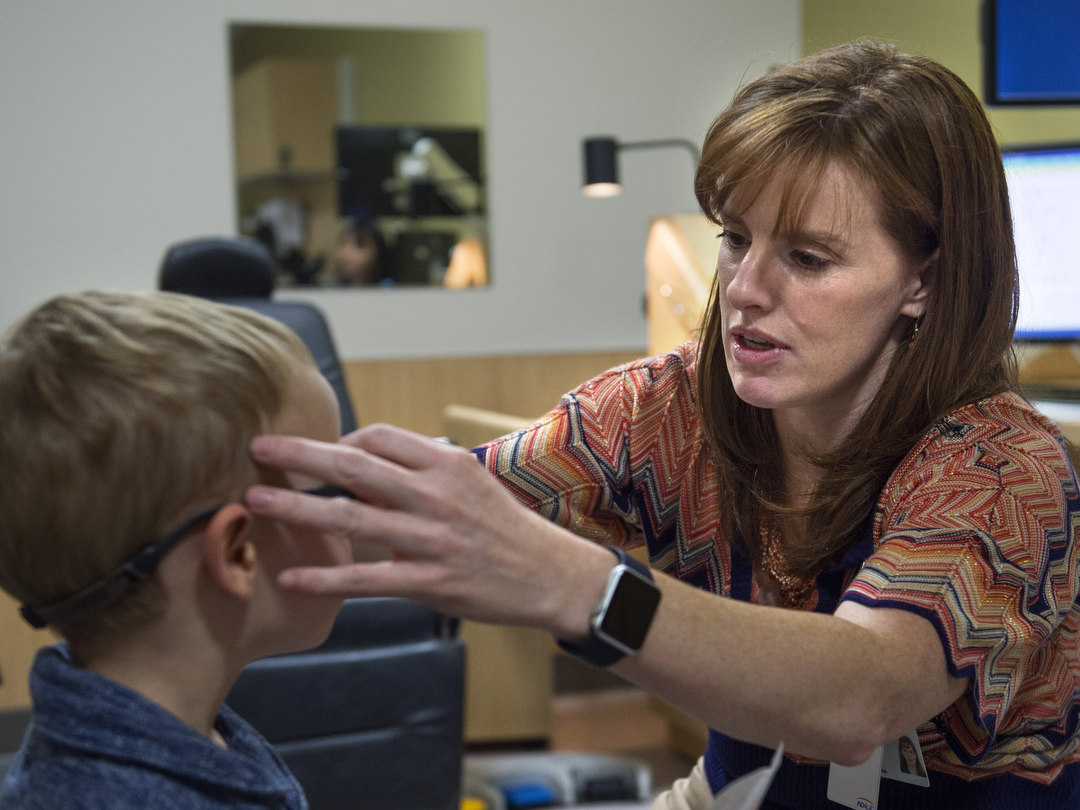
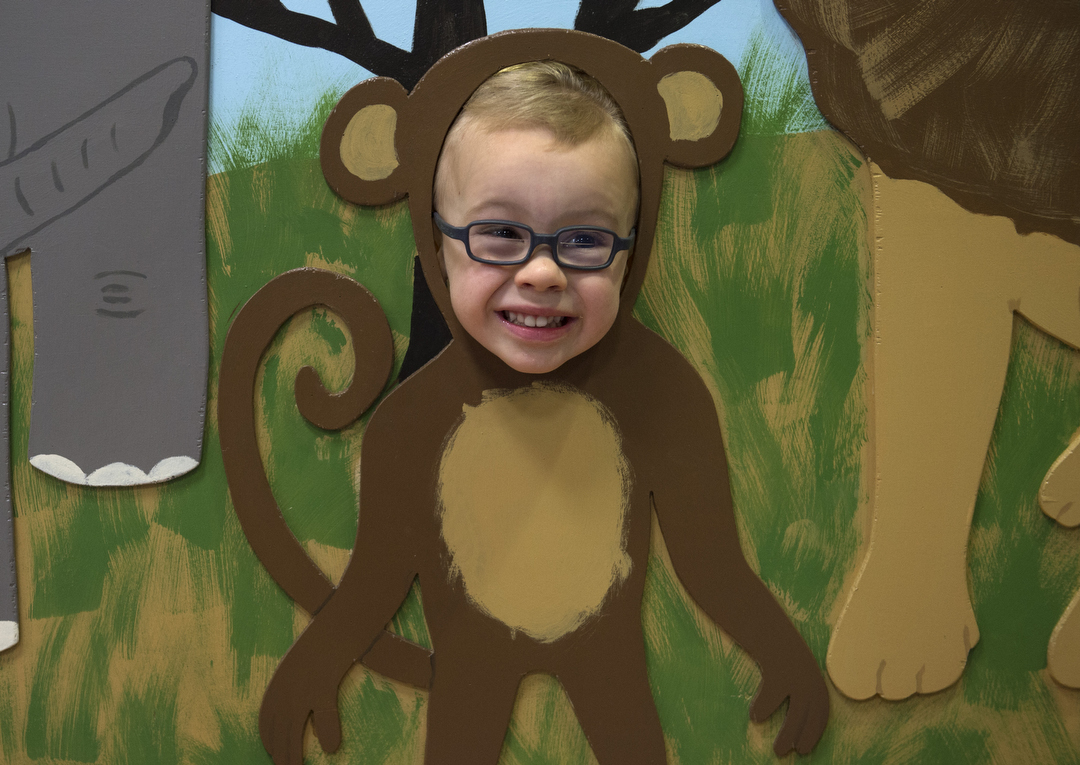
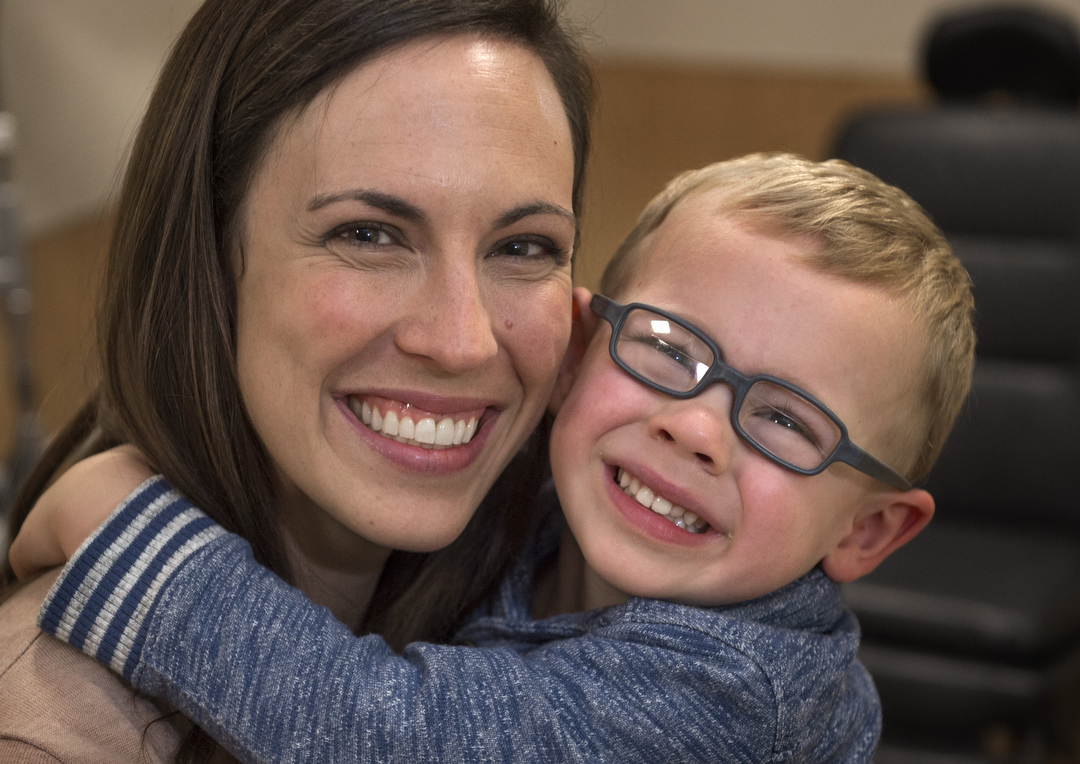
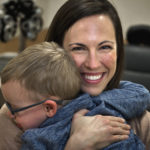
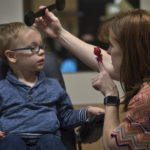
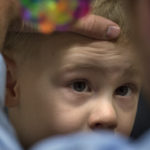
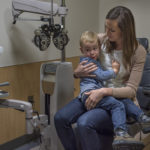
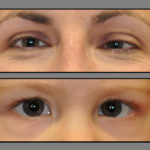

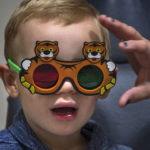





 /a>
/a>
 /a>
/a>
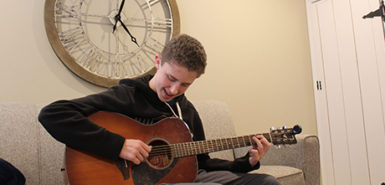 /a>
/a>
My sister was born with strabismus in 1942. Surgery was largely experimental at that time. My grandparents encouraged my parents and surgery was done in 1945. She was blind until that time and the surgery gave her sight and hope for a life. She became a Medical Technologist and a pastor’s wife and missionary, as well as a mother of four.
I am grateful for everyone who was involved then and the advances that have been made since then.
Loved reading this! Very exciting and positive outcome for this mom & her son.